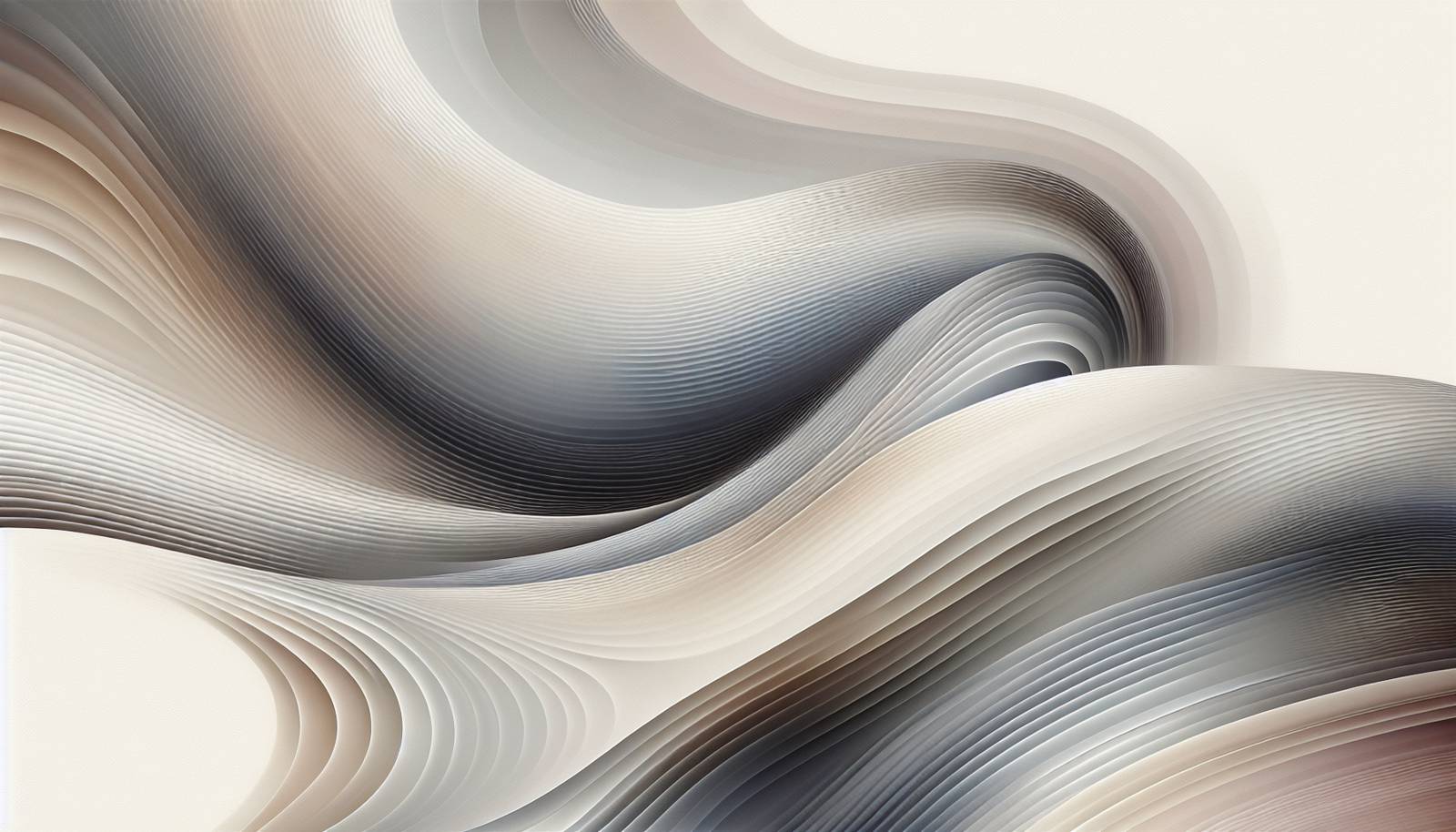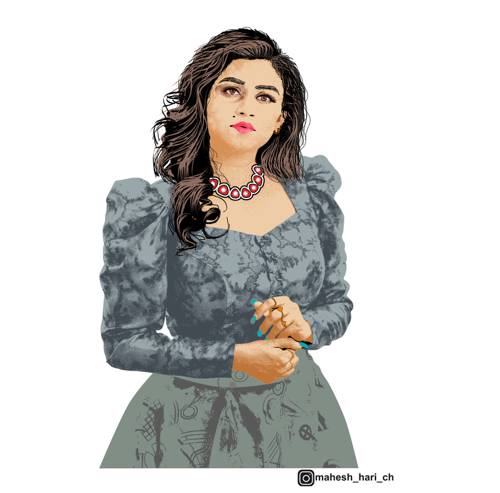
FAQ About The Influence of Hyperrealism in Contemporary Art

What is hyperrealism in contemporary art?
Hyperrealism is an art movement characterized by the depiction of subjects with high fidelity to photographic detail. This style often involves paintings or sculptures that appear extremely realistic, so much so that they can be mistaken for high-resolution photographs. Hyperrealism aims to create a sense of tangible reality while also provoking questions about the nature of reality and illusion.

How does hyperrealism challenge traditional perceptions of art?
Hyperrealism challenges traditional perceptions by altering the viewer’s interpretation of reality and art. It blurs the lines between what's real and what's an imitation, encouraging observers to rethink their assumptions about photographic accuracy and artistic expression. By pushing boundaries, hyperrealism can make audiences question the truth and illusion in everyday visual experiences.

In what ways does hyperrealism impact modern aesthetics?
Hyperrealism impacts modern aesthetics by integrating high-resolution precision with creative expression, which influences various art forms and design sectors. It brings attention to detail and craftsmanship, encouraging artists and designers to incorporate elements of realism into works that might traditionally focus on abstraction. This movement has inspired contemporary trends in advertising, digital media, and fashion, where the line between art and life is increasingly blurred.

What techniques are commonly used in hyperrealistic art?
Hyperrealistic artists often use techniques such as meticulous layering, high-detail brushwork, airbrushing, and the use of photographs as reference points. Artists might employ magnification and digital tools to capture the minutiae of textures and light, achieving a lifelike finish. The process is labor-intensive, often requiring considerable time to accomplish the level of detail required to evoke a lifelike appearance.

Can hyperrealism in art be considered a form of illusion?
Yes, hyperrealism can be considered a form of illusion because while it strives for extreme likeness, it goes beyond mere representation. The hyperrealistic art piece is an imitation that creates the illusion of reality by surpassing typical accuracy levels found in photographs or less detailed artistic renderings. This paradoxically realistic and artificial nature of hyperrealism provokes contemplation about what constitutes reality in art.

Who are some notable hyperrealist artists?
Notable hyperrealist artists include Chuck Close, known for his large-scale portraits that appear photographic in quality; Ron Mueck, whose sculptures depict humans with striking accuracy; and Alyssa Monks, renowned for her layered approach to figure painting. Each of these artists brings a unique perspective on hyperrealism, expanding its impact and interpretation in contemporary art.

How does hyperrealism provoke dialogue about reality and illusion?
Hyperrealism provokes dialogue about reality and illusion by presenting artworks that are so detailed and precise they can be mistaken for photographs. This realism prompts viewers to consider how perceptions are shaped, how truth is defined, and the nature of art itself. It questions the viewer's assumptions and stimulates discussions about authenticity, representation, and the viewer's role in interpreting reality.

What subjects are commonly depicted in hyperrealist art?
Common subjects in hyperrealist art include portraits, still life, landscapes, and urban scenes. Artists often focus on everyday objects and scenes, capturing them with such precision that they invite viewers to see the ordinary anew. By highlighting the beauty and complexity in mundane subjects, hyperrealists encourage a renewed appreciation for details often overlooked in everyday life.

Is hyperrealism a reaction to any specific art movements?
Hyperrealism can be seen as a reaction to the abstract movements and minimalism of the mid-20th century. Unlike these styles, which often prioritize concept over detail, hyperrealism emphasizes detailed representation and the physical reality of subjects. It emerged partly in response to a cultural shift towards digital media and the increasing scrutiny of photographic realism, positioning itself as a counterbalance to abstraction.

How has digital technology influenced hyperrealism?
Digital technology has profoundly influenced hyperrealism by providing artists with tools to enhance precision and detail. Techniques such as digital magnification, photo editing software, and digital printmaking have allowed artists to push boundaries of lifelike representation further than traditional media. Technology also aids in the manipulation of scale and perspective, enabling new forms of hyperrealistic art that previous generations could only imagine.

Why is hyperrealism important in contemporary art?
Hyperrealism is important in contemporary art as it redefines standards of accuracy and detail in artistic representation, while challenging viewers' perceptions of reality. It reflects the complexities of modern life where media and reality intertwine, and it invites debate on authenticity and the human experience. This genre's focus on the minutiae of everyday life helps bridge the gap between art and reality, making art accessible and intellectually stimulating.

What is the historical background of hyperrealism?
Hyperrealism originated in the late 20th century as an evolution of photorealism, which emerged in the 1960s and 70s. As photographic technology improved, artists pushed the boundaries of representation, creating works that surpassed the detail presented in photographs. Hyperrealism extends from traditional realism and its philosophical inquiries into the nature of fate and the human condition but emphasizes modern concerns and techniques.

Are there cultural influences evident in hyperrealist art?
Yes, cultural influences are evident in hyperrealist art as artists often draw inspiration from social, political, and personal themes reflective of contemporary life. These works can convey commentary on consumerism, identity, technology, and media, often mirroring the societal and cultural landscapes they emerge from. Hyperrealism acts both as a reflection and critique of contemporary culture.

Why do some critics view hyperrealism skeptically?
Some critics view hyperrealism skeptically because they believe it overly prioritizes technical skill over conceptual depth. The focus on extreme detail and photographic accuracy is sometimes seen as diminishing the spontaneity and emotion traditionally associated with other art styles. Critics may argue that this emphasis on precision can overshadow narrative and emotional engagement, making it less accessible or relevant.

How does hyperrealism engage with the concept of time?
Hyperrealism engages with the concept of time by capturing fleeting moments with painstaking detail, preserving them in a static form that invites prolonged contemplation. This detailed fixation on a single moment allows viewers to explore layers of meaning and existence over extended observation, creating a 'timeless' quality that contrasts with the ephemeral nature of the moment depicted.

Are there any subgenres or variations within hyperrealism?
Within hyperrealism, there are variations and subgenres focusing on specific themes such as trompe-l'oeil ("trick of the eye"), where artworks play with perception to deceive the viewer's sense of reality. Some artists may specialize in hyperrealistic portraits, while others focus on landscape or urban environments. Each artist's approach may vary, further broadening the scope of hyperrealistic expression.

Can hyperrealism be considered an extension of photorealism?
Yes, hyperrealism is often considered an extension or evolution of photorealism. While photorealism focuses on creating a faithful drawing or painting of a photograph, hyperrealism goes a step further, using photographic sources to create works that intensify or amplify reality. This extension is not just technical but also explores deeper existential subjects and frequently incorporates narrative elements.

How does hyperrealism influence other artistic disciplines?
Hyperrealism influences other artistic disciplines such as graphic design, cinema, photography, and animation by emphasizing high-detail replication and creativity in depiction. This influence is seen in visual effects and CGI in movies, where realism is key to audience immersion, and in advertisements where product details are enhanced to capture consumer attention. The movement encourages a blend of realism with artistic innovation.

What role does hyperrealism play in public art and installations?
In public art and installations, hyperrealism plays a role in engaging audiences with relatable and often provocative imagery. These artworks can capture public attention and spark conversations by presenting familiar subjects in unexpected or exaggerated contexts. Hyperrealistic public installations can transform public spaces, creating interactive environments that challenge perceptions and provoke thought about everyday realities.

What are common misconceptions about hyperrealistic art?
Common misconceptions about hyperrealistic art include the belief that it relies solely on technical skill without requiring creativity or conceptual depth. While the technical accuracy is indeed a hallmark, hyperrealistic art is also a form of artistic expression that involves conceptual exploration and narrative. Another misconception is that hyperrealistic art is simply a reproduction of photographs; however, it often involves deep engagement with the subject matter and a nuanced reinterpretation of reality.
